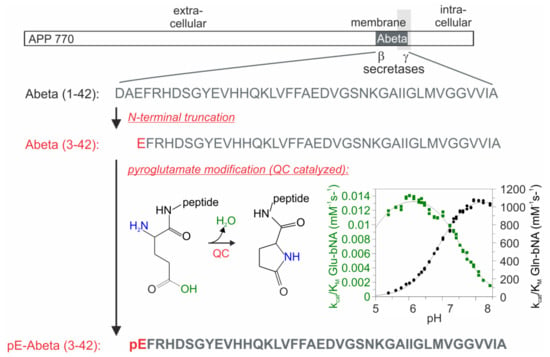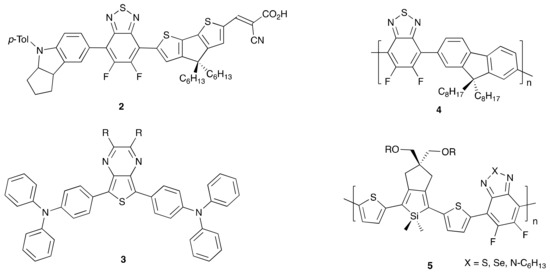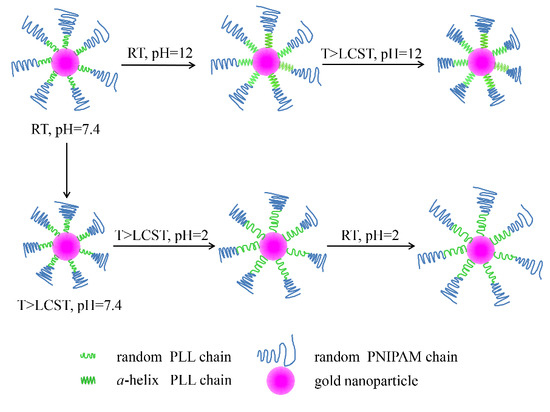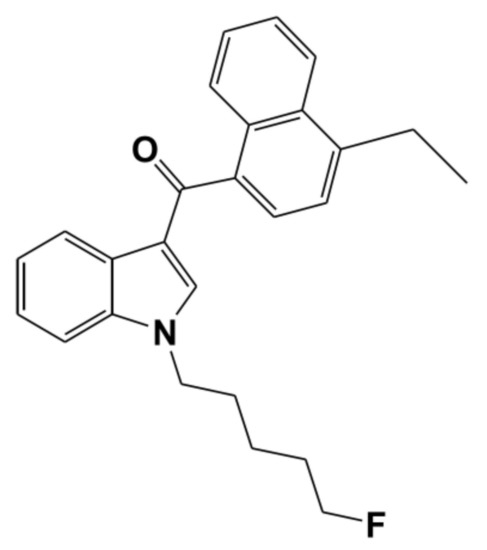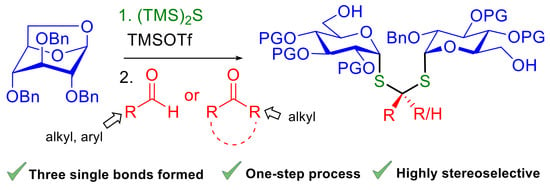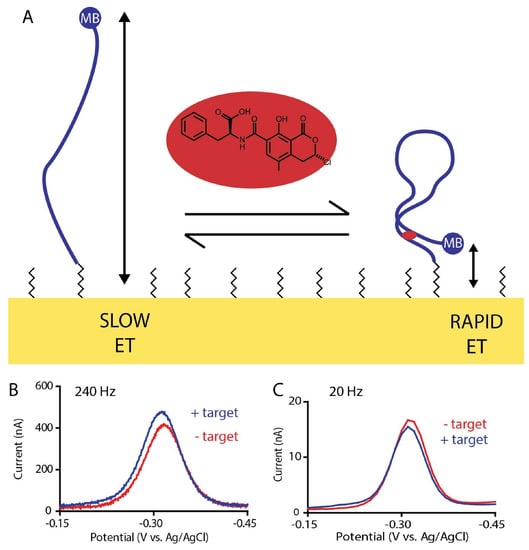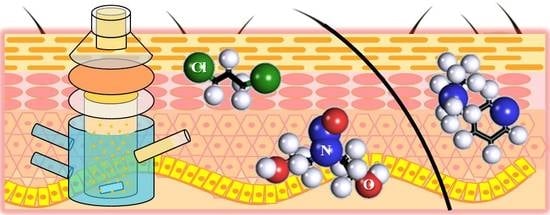Molecules 2018, 23(4), 925; https://doi.org/10.3390/molecules23040925 - 17 Apr 2018
Cited by 46 | Viewed by 7015
Abstract
►
Show Figures
Pectin had been recovered from canning wastewater produced by chemical treatment of segment membrane during preparation of canned citrus in our previous research. The purpose of this study was to characterize the extracted pectin from canning wastewater, and to evaluate its application as
[...] Read more.
Pectin had been recovered from canning wastewater produced by chemical treatment of segment membrane during preparation of canned citrus in our previous research. The purpose of this study was to characterize the extracted pectin from canning wastewater, and to evaluate its application as a fat alternative to replace fat in ice cream. The monosaccharide composition and rheological properties of the pectin were determined. The influences of fat reduction and pectin addition on the physicochemical, rheological and sensory properties of low-fat ice cream were determined. The rheological results showed that pectin solutions were typical pseudoplastic fluids. The addition of pectin in ice cream can cause an increase in viscosity, overrun, and hardness, and a decrease in meltdown of the ice cream. When 0.72% pectin (w/w) is incorporated into ice cream, a prototype product of ice cream with 45% lower fat content compared to the control was made. Results indicated that their qualities such as appearance, flavor, and taste were not significantly different. The low-fat ice cream had higher smoothness scores and lower mouth-coating scores. Hence, pectin extracted from citrus canning wastewater can be potentially used as fat replacer in ice cream, which benefits both the environment and the food industry.
Full article

